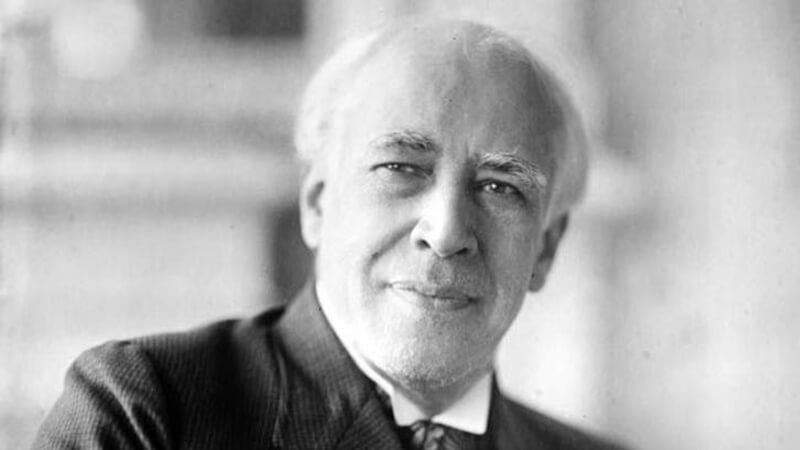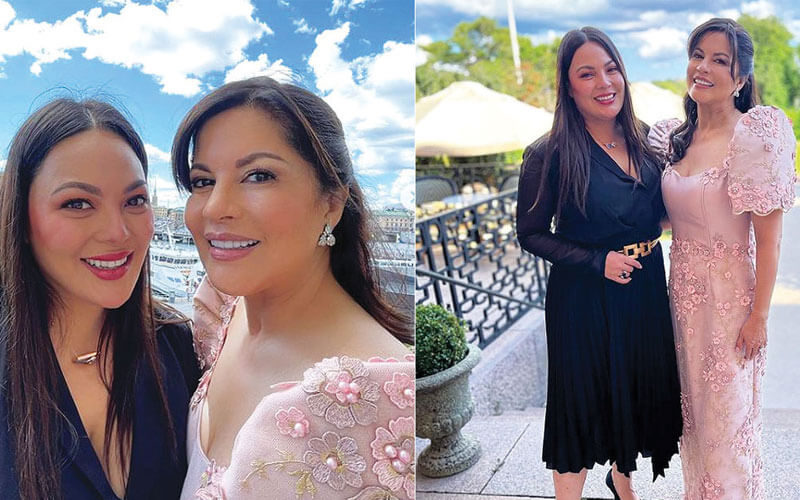Biography of Konstantin Stanislavski:- Actor, director and Russian theatrical theorist, After participating in several avant-garde movements, in 1898, with Nemirovich-Danchenko, he founded the Moscow Art Theater, staging the great works of Chekhov.
He soon began to develop his system of interpretation, which intended that the emotional world of the characters were projected to the viewer in a veridical way and away from all artificiality, in an effect of “psychological realism.”
After the Soviet revolution he devoted himself exclusively to his research work, set out in his books An Actor Prepares and The Character Construction , both of determining influence in the European and American theater.
Biography of Konstantin Stanislavski
- Born:- 17 January 1863, Moscow, Russia
- Died:- 7 August 1938, Moscow, Russia
- spouse:- Maria Lilina (m. 1889–1938)
- Influenced By:- Anton Chekhov, Alexander Pushkin, Nikolai Gogol,
Konstantin Stanislavski, the son of an industrialist who was passionate about the theater and an amateur to organize shows in which the entire family participated, was dedicated to the theater from a very young age.
See Also: Biography of Jack Lemmon
Soon organized amateur companies (the most important was the Society of Art and Literature, founded in 1888), of which he was animator, director and principal actor.
In 1898, in collaboration with theatrical author Vladimir Nemirovich-Danchenko, he inaugurated the Moscow Art Theater, which had as its objectives the renovation in a realistic sense of the techniques of interpretation and staging and restoration to the theatrical work of his Character of austere artistic discipline.
The success of the works of Chekhov, Gorky and other contemporary writers, the perfect efficiency of the company, the magic of staging (which gradually evolved from naturalism to a psychological realism, sensitive to the teachings of symbolism) and The singular talent of Stanislavski as director made this theater one of the most important of his time.
The brief crisis of the years after the Revolution was overcome after the success of an American tour, during which Stanislavski collected his experiences in the book Mi vida en el arte (1924). The Theater of Art recovered its privileged role in the cultural life.
In his last years, Stanislavski was dedicated mainly to the direction of the lyrical theater and the study of the office of actor.
The didactic methodology he developed (exposed in the two volumes of The Actor’s Work on himself , dedicated respectively to psychology and the technique of interpretation) was intended to arouse great controversy, but which remains an indispensable reference point for any scholar The theater interpreter.
The actor’s work on himself is presented in the form of a journal that the author pretends written every day by a student of scene.
The lively dialogue between the fictional character of the teacher (Arcadio Nikolaievich) and his pupils is interspersed with appropriate episodes and anecdotes (that of the critic in the chapter on characterization is, for example, one of the most beautiful).
While in the person of the teacher the author utters his own theories about the theater, in the pupil he indirectly represents himself at the beginning of his acting career, so that the book, which is remarkable even literarily, gives a portrait Complete and subjugating his extraordinary personality. It is understood, after the reading of its six hundred pages.
Although the play consists of two parts titled “The Method for Expressing Feelings” and “The Method for Creating the Characters,” Stanislavski actually exposes his total conception of theater. Inadequately speaking his ideas as a system.
In fact, the author always denied any predetermined academic norm, and came to consider as indispensable the unforeseen.
If there is any method, it is individually free, for Stanislavski encouraged his pupils so that they came to know themselves and, therefore, to control and measure the free movements of their subconscious, through vigilant knowledge And rigorous.
His aim was to bring the actor out of the man, identifying his expression with sincerity, and art with truth. One does not aspire to a verist interpretation, but to a true interpretation;
The profound influence of his theater comes precisely from the interiority of the stage play of the actors, whom he taught them to invent from their innermost depths, for the theater, a fictitious life no less true, fervent, ardent and spontaneous than the other : “The actor must be able to find himself in an environment of true inner truth.
The problem for us is to create the inner life of the character and the drama, adapting to this strange life our personal feelings and all the vital elements of our Only an art full of direct and vital experiences of the actor can convey the impalpable nuances and all the depth of the inner life of a character. Just such an art can enrich the spiritual experience of the viewer.
It seems to be a horse between two centuries, when comparing the state of the performing arts at the moment of its birth and its death when the renewal, or almost revolution, that was the work of Stanislavski, and the unlimited scope of his Influence in space and time.
In the nineteenth-century theater, the declamation and the histrionic gestures were practically the only expressive resources commonly used by the actor.
The situation changed radically when Stanislavski posed his rigorous psychological realism, the need for the actor to be as convincing as a real person, and induced the actors to seek in their own life experiences the motivations and techniques of psychological stimulation that would lead them to Incarnate in his character.
As it could not be otherwise, very soon the cinema focused its attention on that way of interpreting realistic so suitable for an art that sought to reflect real situations with all the means at its disposal. The first director to apply Stanislavski’s theories to the cinema would be Vsiévolod Pudovkin.
In 1947, following Stanislavski’s teachings, Actor’s Studio was founded in New York, Lee Strasberg’s famous acting school, a quarry of great actors such as Marlon Brando, Paul Newman, James Dean and Marilyn Monroe.




